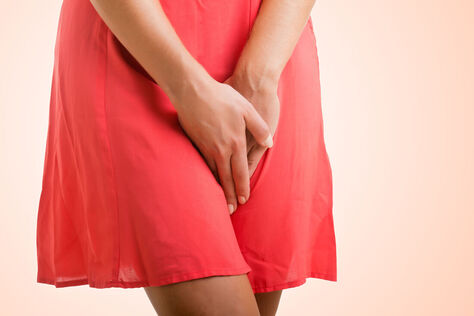“ I have some problems with a little urine leakage, but I have had two kids, so this is normal.”  These are common statements that are often heard from patients in our clinic. While the occurrence of urinary incontinence is common among seniors, it must not be regarded as a normal aging side effect. It is a problem that can be successfully addressed and treated! According to the National Association for Continence 25 million Americans have issues with incontinence. Only 1 in 12 people will seek medical advice about it; perhaps because it is an uncomfortable issue to talk about, or possibly because of the belief or acceptance that it is a normal part of growing older. The fact is urinary incontinence is costly: economically, psychologically and physically.
Causes of Incontinence The causes of incontinence can vary from an urinary tract infection to something more complex associated with a chronic medical condition.
Types Of Urinary Incontinence  Stress Urinary Incontinence This type of incontinence occurs secondary to weakness of the core muscles and fascial connections around the bladder. The pressure on the bladder causes leakage during coughing, sneezing, laughing, and during exercise. It can also occur when lifting or bending over. Urgency Incontinence This type of incontinence is associated with urgency and an overactive bladder (OAB). There is a strong, sudden urge to urinate. The bladder contracts and an involuntary loss of urine occurs. Overflow Incontinence This type of incontinence occurs due to an overflow of urine in the bladder. This can be due to a blockage at the urethra such as an enlarged prostate, poor sensation of the bladder, or the nerves to the bladder are affecting the ability of the bladder to empty completely. Functional Incontinence A person may have normal bladder control, however physically cannot make it to the restroom in time. Regardless of which type of incontinence a person may have, nonsurgical management, such as physical therapy, is the first line of treatment. Physical Therapy For Incontinence Bladder Retraining Bladder retraining involves different aspects depending on the issues/needs of the patient
Pelvic Floor Muscle and Core Training The coordination of the pelvic floor and abdominal muscles is very important to continence. It is not just about doing kegels, but coordinating the entire core and postural system.
The bottom line is that non-invasive treatment options in physical therapy are extremely beneficial and successful in addressing symptoms associated with urinary incontinence. In other words, there is NO reason that you should just expect urinary leakage to be a normal part of your life! Especially when you can address these symptoms often in as little as 3 weeks with targeted exercise and training!
For more information or to schedule an appointment to see a pelvic floor physical therapist, please click below.
0 Comments
Leave a Reply. |
AuthorEmily Craigen, owner of Crystal Lake Physical Therapy, is a Doctor of Physical Therapy and a local Crystal Lake resident who is excited to bring health and wellness to her community. Archives
August 2023
Categories |
- Home
- About Us
-
What We Treat
- Arthritis
- Balance and Gait Disorders
- Back Pain and Sciatica
- Chronic Pain
- Elbow, Wrist and Hand Pain
- Fibromyalgia
- Hip and Knee Pain
- Incontinence
- Motor Vehicle Accident Injuries
- Multiple Sclerosis
- Neck Pain
- Pelvic Pain
- Pre-Surgical Rehab
- Post Surgical Rehab
- Shoulder Pain
- Sports Injuries
- TMJ Dysfunction
- Vestibular Rehab
- Work Injuries
- Myofascial Release
- MPS/Dolphin Neuro Stim
- Become A Patient
- Contact Us
- Blog
- Workshops
- Patient Resources


 RSS Feed
RSS Feed